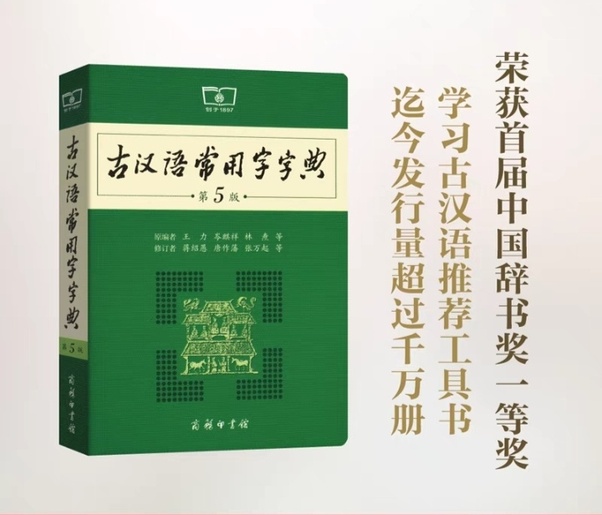Well, it depends on situations. I mean, there are varieties of contents written in Classical Chinese, for instance, essays, philosophical tracts, biographies, history books, poems, plays, and novels. What kind of text you refer to, what era it was written and what level of understanding it demands for a modern reader also varies.
Classical Chinese is also taught at schools in mainland China. In the past, it was taught at middle schools and high schools. Nowadays, it’s also taught at primary schools. And as a very important aspect of the Chinese language and Chinese cultural heritage, it has its corresponding share of significance in the examinations, such as, High School Entrance Examination and College Entrance Examination.
For instance, there are questions which ask students to write down some excerpts from the texts written in Classical Chinese that they have learnt and recited. There are questions which ask student to choose right meanings of specific Chinese characters used in some sentences. There are questions which ask students to translate the sentences from Classical Chinese to modern Chinese.
Sometimes, the reading materials in these examinations are new to students. They could be chosen from sources other than textbooks. This means that students need to develop skills of reading Classical Chinese by themselves, just as they need to develop skills of reading modern Chinese by themselves. And this needs time and practise to achieve this, since, generally speaking, there is a difference between Classical Chinese and modern Chinese.
In general, Classical Chinese, especially written in the much earlier period, had a noticeably concise and pithy style of writing. Usually, a single Chinese character in the Classical Chinese could express multiple and nuanced meanings in the modern Chinese, which often uses more Chinese characters to say the same meaning. Of course, there were also texts in Classical Chinese which had an ornate style of writing.
That means you need to not only learn and understand texts in Classical Chinese in the textbooks, but also read more materials written in Classical Chinese to broaden your vocabularies regarding Classical Chinese. In this process, you will encounter unfamiliar Chinese characters and unfamilar meanings of some familiar Chinese characters in Classical Chinese.
Here comes a very important book to offer help. This is a well-known and top-notched reference book in the field of learning Classical Chinese, Dictionary of Commonly Used Chinese Characters in Classical Chinese, or 古汉语常用字字典 in Chinese, which is published by the Commercial Press, or 商务印书馆 in Chinese, a prestigious press in the Chinese-speaking world.
Here is a picture of the fifth edition of this dictionary.

This dictionary is compiled by renowned scholars well versed in Classical Chinese. As a matter of fact, this book is often recommended by teachers to students. As a result, lots of Chinese students have this book. With the help of this dictionary, you could look up meanings of Chinese characters often used in Classical Chinese.
With the passage of time, with the more materials in Classical Chinese that you have read and learnt, you could accumulate more knowledge about Classical Chinese. And your skill of reading Classcial Chinese could be improved. As the old saying, practise makes perfect, you need to take time and efforts to achieve this goal. And it’s indeed worthwhile to do this, since you could tap into a larger treasure trove of the Chinese culture.